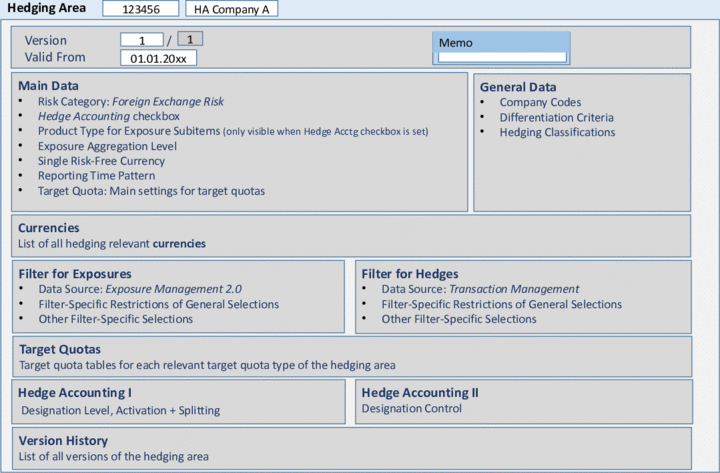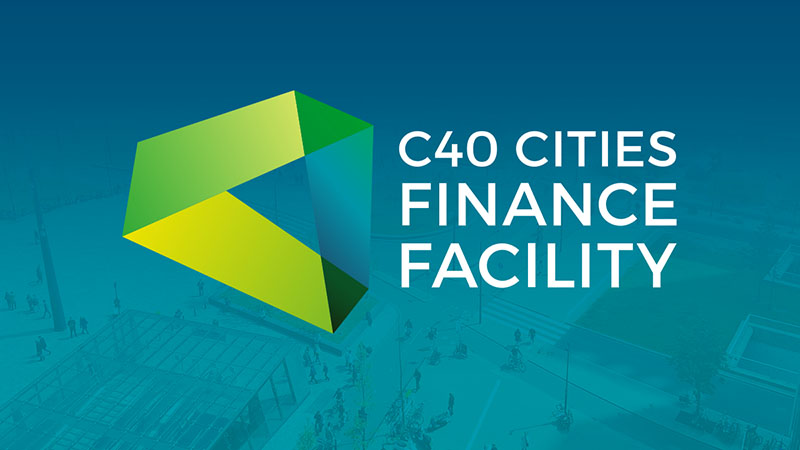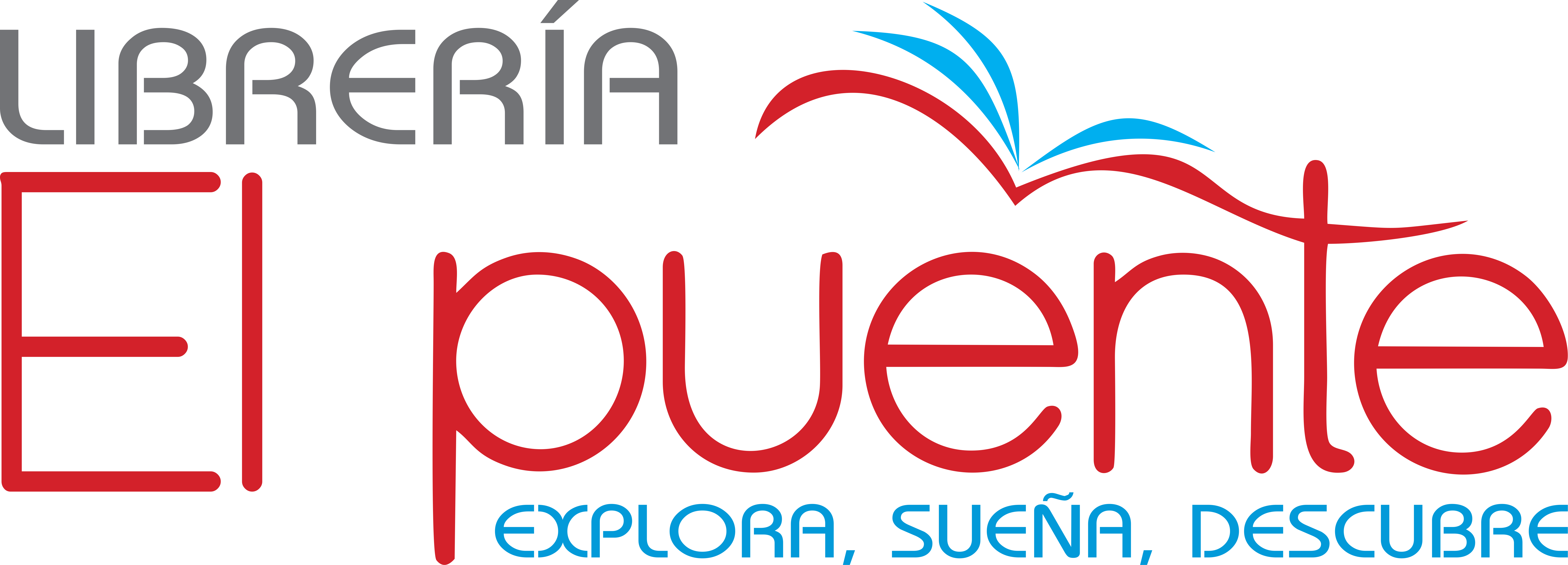ED freezes Rs 143-crore assets of Manappuram Finance’s managing director


An asset manager initially meets with a client to determine what the client’s long-term financial objectives are and how much risk the client is willing to accept to get there. Debt ratio is often a potent way of calculating the total’s assets of a company which was funded by debt. Assets and liabilities tend to play a vital role in ensuring the profitability of a business or its long-term viability. Organizations need money, land, industrial equipment, and cutting-edge technology, among other things, to be successful.
Properly classifying assets is important for company leaders to have an accurate picture of key financial metrics such as working capital and cash flow. Asset classification can also help a business qualify for loans—it gives the bank a clearer picture of the risk it’s taking on—work through bankruptcy and calculate tax liabilities. For companies, the correct classification is critical to financial reporting and evaluating the business’s financial health. Typically, assets are valued by the expected future cash flows they represent in their current condition, according to the IFRS. An asset is anything of value or a resource of value that can be converted into cash.
- While countless things can be considered assets, they don’t all fall into the same class.
- Financial assets are valued according to the underlying security and market supply and demand.
- With total assets worth over Rs 1,674 crore, Shazia Tarannum, the wife of Yusuf Sharif aka KGF Babu, tops the list of candidates with the highest declared assets, ahead of the polls.
- An asset is any resource of value, tangible or intangible, that is owned by an individual, a company, or a government with the expectation that it will provide an economic benefit.
- The balance sheet provides a snapshot of how well a company’s management is using its resources.
Liabilities include the balance due on a mortgage, credit card balances, loans, and legal judgments against you. For a company, assets are considered to be anything that will provide it with a positive future economic benefit. This could mean equipment used in manufacturing or intellectual property such as patents. It’s important to note that nowhere in the assets definition do I say that the company must own these resources. Remember the asset definition, it’s simply a resource that the company has control of and can use to generate revenues. Many businesses have loans, notes, and leases on equipment that either directly or indirectly eliminates their true ownership of the resources, but they still have control of it.
Though these assets are not used for performing daily operations, they tend to help generate significant revenue. Some of the best examples of non-operating assets are short-term investments, vacant land, income generated through fixed deposits, etc. An asset is a resource with a monetary value that a person, business, or country owns or manages with the hope that it will bring benefits in the future. Assets are listed on a company’s balance sheet and are bought or built to make the company more valuable or to help it run better. An asset can bring in money, cut costs, or boost sales in the future.
Tangible and Intangible
As a result, asset managers use deterioration modeling to predict the future conditions of assets. A right or other access is legally enforceable, which implies that the economic resources can be used at the discretion of the company and its use may be restricted or precluded by an owner. A company needs to possess a right to an asset from the date of financial statements in order for an asset to be present. An economic resource is important for a company as it is something that is scarce and has the ability to produce economic benefits by generating incoming cash flows and reducing the outgoing cash flows. An asset is thought of as something that in future can generate cash flow, reduce expenses or improve sales irrespective of whether it is production equipment or patent. It is an economic resource for a company, individual or firm or represents access that is not open to other individuals, companies, or firms.
Short term or Current assets Short term or current assets are short term economic resources that are expected to be converted into cash within a period of one year. These assets include cash, equivalents of cash, accounts receivable, inventory and prepaid expenses. Accountants have to periodically assess the recoverability of inventory and accounts receivable, whereas cash is fairly easy to value. In cases where the inventory becomes obsolete, the company will write off these assets or if the accounts receivable are uncollectible, it becomes impaired and of no use. Now that we know what assets are and how important they are for a business, let us go through the different types of assets to understand them on an individual level.
Callon Petroleum buys Permian asset for $475 million, exits Eagle … – Reuters
Callon Petroleum buys Permian asset for $475 million, exits Eagle ….
Posted: Thu, 04 May 2023 15:18:00 GMT [source]
The remaining funds of must be invested in the riskless asset to ensure that the total position is riskless. For example, sometimes it will be in the interests of the effectiveness of the relationship that both parties make asset-specific investments. The company’s board could dispose of assets once they decide to sell the company. When it was obvious the company was going bankrupt, the government ordered all their assets to be frozen. A robo-advisor is a type of automated financial advisor that provides algorithm-driven wealth management services with little to no human intervention.
Mutual fund Investments
The investments may include stocks, bonds, real estate, commodities, alternative investments, and mutual funds, among the better-known choices. When lenders examine balance sheets,they generally assume that individuals and small businesses overvalue the furniture, fixtures, and equipment and the general intangibles. Large entries for cash and equivalent assets will overcome a poor credit rating 9 times out of 10. The term ‘asset’ signifies all kinds of resources that help generate revenue as well as receivables. Assets may generate robust cash flow as they help convert raw materials or can be converted into cash or cash equivalents.
ESG investors are at a crossroads – Maryland Daily Record
ESG investors are at a crossroads.
Posted: Fri, 05 May 2023 13:47:36 GMT [source]
Asset management is the practice of increasing total wealth over time by acquiring, maintaining, and trading investments that have the potential to grow in value. Acid-test ratio is used to gauge a company’s ability to repay short-term liabilities with the help of quick assets. In business, an asset is anything that has the potential to generate revenue in the future, reduce expenses in the present, or increase sales. Generally accepted accounting standards let you figure out depreciation in two main ways .
Cash equivalents are highly liquid investment securities that can be converted to cash easily and are found on a company’s balance sheet. Full BioJean Folger has 15+ years of experience as a financial writer covering real estate, investing, active trading, the economy, and retirement planning. She is the co-founder of PowerZone Trading, a company that has provided programming, consulting, and strategy development services to active traders and investors since 2004. While cash is easy to value, accountants periodically reassess the recoverability of inventory and accounts receivable. If there is evidence that a receivable might be uncollectible, it’ll be classified as impaired.
They may also be called portfolio managers or financial advisors. Many work independently while others work for an investment bank or other financial institution. Depending on their purpose of use, they are categorised as operating and non-operating assets. Your net worth is the difference between what you own and what you owe. Your home is probably the most valuable thing you own, but investments, cars, collectables, and jewellery are also important.
Otherwise, they may recommend investments or trades that do not serve the client’s interests. There are several different types of asset managers, distinguished by the type of asset and level of service that they provide. Each type of asset manager has a different level of responsibility to the client, so it is important to understand a manager’s obligations before deciding to invest. The asset manager is expected to conduct rigorous research using both macro and microanalytical tools. This includes statistical analysis of prevailing market trends, reviews of corporate financial documents, and anything else that would aid in achieving the stated goal of client asset appreciation.
Three Classifications of Assets
The diamond that will be in Camilla’s crown is one of two gems called the “the Lesser Stars of Africa,” which are both usually in a brooch that The Guardian estimates could be worth more than $226 million. Marital assets are generally subject to equitable distribution on divorce. This was more than a running back, someone well worth using the league’s most valuable asset on.
Bank Stocks Shoot Higher as Jobs Data Bolsters Markets – The New York Times
Bank Stocks Shoot Higher as Jobs Data Bolsters Markets.
Posted: Fri, 05 May 2023 21:20:17 GMT [source]
Along with typical check writing services, the account offers worldwide access to Bank of America automated teller machines without transaction fees. Bill payment services, fund transfers, and wire transfers are available. The MyMerrill app allows users to access the account and perform a number of basic functions via a mobile device. Merrill Lynch offers a Cash Management Account to fulfill the needs of clients who wish to pursue banking and investment options with one vehicle, under one roof. Most of us are somewhere in the middle, and asset managers try to identify just where that is for a client. In a commercial setup, liabilities can be divided into 2 broad categories of internal and external liability.
But we’re talking about a soon-to-be 31-year-old coming off two back surgeries with seven years left on a contract that has a $7.75 million cap hit. Before the idea of trading Couturier can even be discussed, he needs to prove to other teams that he can play hockey at a high level post-surgeries. If that happens, then it’s time to have a conversation with Couturier himself about whether he even wants to be part of a rebuild, and if he’d be open to waiving his no-move clause. But for now, Couturier has to rebuild his value since at the moment, it’s negative given his contract. Among the privately own cars are a 1950 Rolls-Royce Phantom IV, one of only 18 made by the manufacturer, and which was bought by Queen Elizabeth and her husband Prince Philip before she was coronated. It also estimated the value of the king’s privately owned cars at $8 million.
These types of accounts have only been possible since the passage of the Gramm-Leach-Bliley Act in 1999, which replaced the Glass-Steagall Act. The Glass-Steagall Act of 1933, passed during the Great Depression, forced a separation between banking and investing services. Now, they have only to maintain a “Chinese wall” between divisions. Because these incentives can work against the client’s interests, it is important to know if your management firm has a fiduciary duty to serve the client’s interests.
Comparison: current assets, liquid assets and absolute liquid assets
Noncurrent assets are a company’s long-term investments for which the full value will not be realized within a year and are typically highly illiquid. Personal assets can include a home, land, financial securities, jewelry, artwork, gold and silver, or your checking account. Business assets can include such things as motor vehicles, buildings, machinery, equipment, cash, and accounts receivable. Some assets are recorded on companies’ balance sheets using the concept of historical cost.

A rare asset that can help a country’s economy by bringing in money or keeping it from running out of money is called an economic resource. If assets are classified based on their usage or purpose, assets are classified as either operating assets or non-operating assets. A business with more assets than liabilities is considered to have positive equity or shareholder value. If assets are less than liabilities, a company has negative equity or owes more than it is worth.
Account-holders can choose between Federal Deposit Insurance Company-backed funds and non-FDIC funds. The goal of asset management is to maximize the value of an investment portfolio over time while maintaining an acceptable level of risk. It helps to analyze the company’s ability to manage its external and internal liabilities as well as how readily it can convert assets into cash equivalent.
In the scenario of a what is an asset in a high-risk industry, understanding which assets are tangible and intangible helps to assess its solvency and risk. An asset is anything that has current or future economic value to a business. Essentially, for businesses, assets include everything controlled and owned by the company that’s currently valuable or could provide monetary benefit in the future. Assets can be broadly categorized into current (or short-term) assets, fixed assets, financial investments, and intangible assets. Just as businesses compile a balance sheet reporting assets and liabilities, individuals or households are wise to take account of the same. Like a corporate balance sheet, a personal balance sheet uses an individual’s or household’s total assets and total liabilities to determine net worth.
Intangible assets include copyrights, patents, and other intellectual property. When assets are presented on the balance sheet, they are typically divided into different classes or categories based on when they will be used. Resources that are expected to be consumed within the current period are classified as current assets while resources that expected to be used in future periods are called non-current assets.


Deja una respuesta